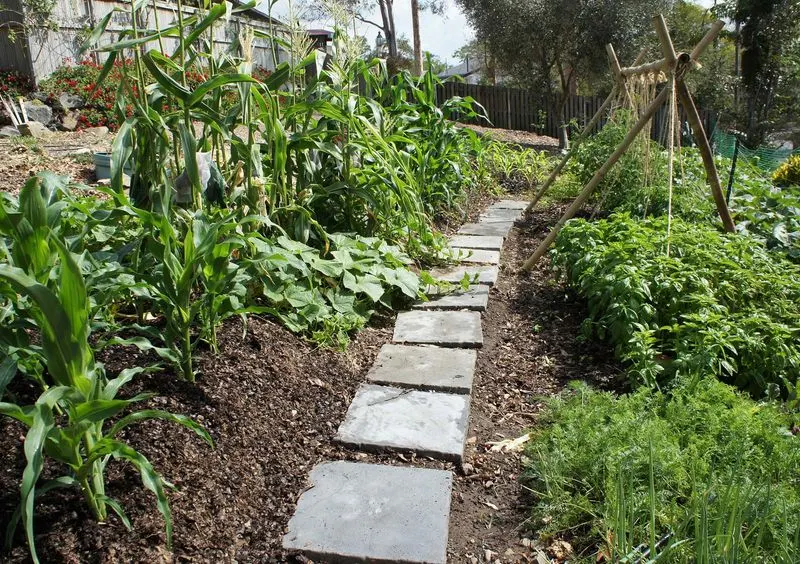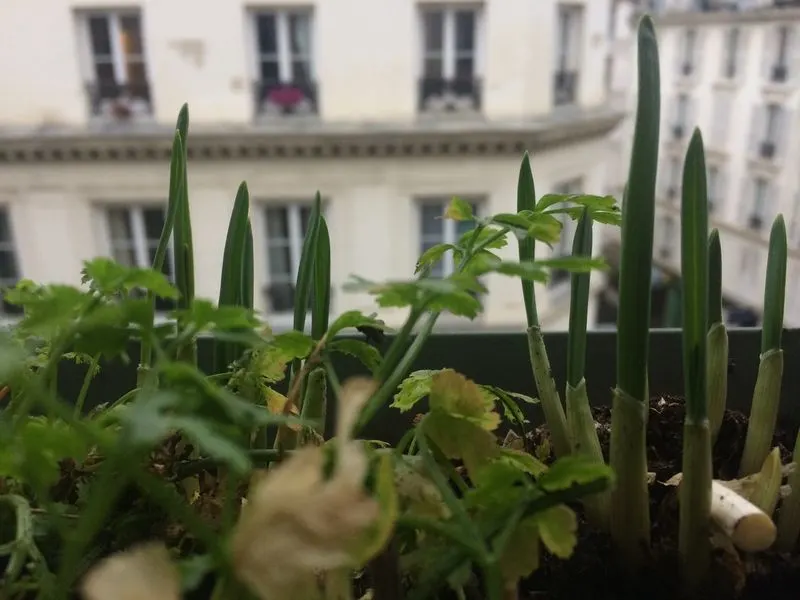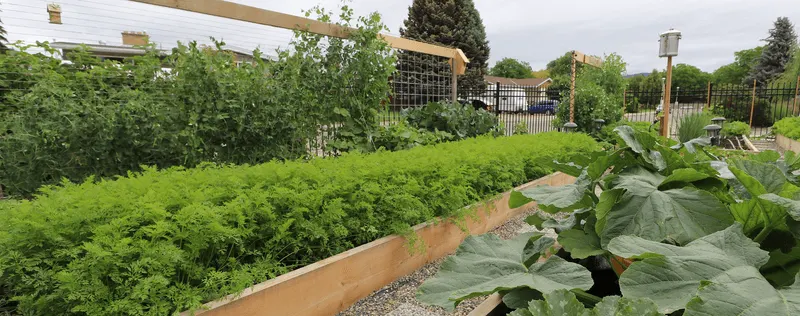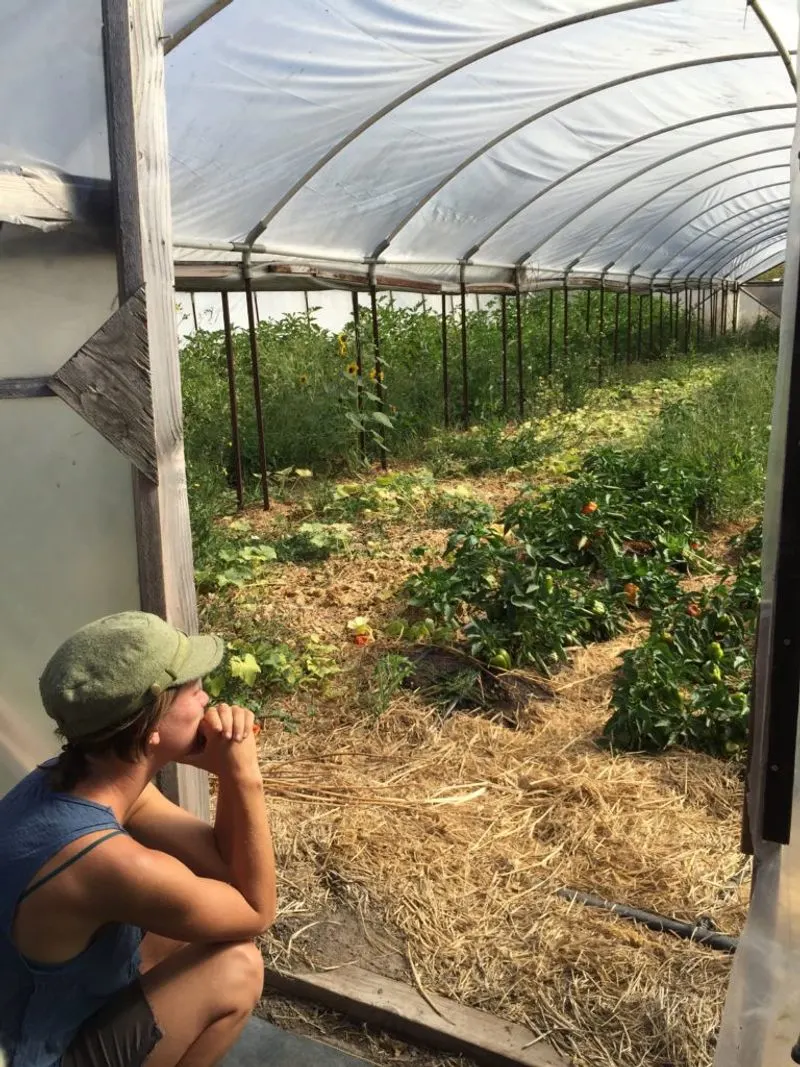Permaculture design often sparks curiosity and inspiration, but it’s also surrounded by misconceptions that can deter people from exploring its full potential. These myths can range from the belief that it’s only for rural spaces to assumptions about its complexity.
In this article, we’ll separate fact from fiction and debunk seven common myths about permaculture design, making it easier to understand how this sustainable approach can benefit gardens of all sizes and settings.
Permaculture Requires Large Land

Many assume permaculture needs vast acres, but small spaces can equally thrive with creativity. Urban balconies and compact yards offer potential for diverse, sustainable gardens. Emphasizing smart design, permaculture is adaptable to any size. Compact areas maximize vertical space and integrate container gardening to optimize growth.
Creative use of recycled materials further enhances productivity, proving that size isn’t a barrier. Contrary to popular belief, even the tiniest of spaces can support a self-sustaining ecosystem. This myth restricts potential, underestimating the power of thoughtful design and innovation.
Only for Rural Areas

Permaculture transcends rural confines, thriving equally in urban settings. City dwellers craft lush gardens on rooftops, balconies, and community plots. Urban environments offer unique challenges and opportunities for permaculture practices.
Creative solutions tackle space constraints, like using vertical gardening techniques and integrating urban-friendly plant species. The myth that permaculture belongs only to wide open spaces limits innovation. Urban setups demonstrate how nature can flourish amid concrete jungles. Busting this myth opens doors for city residents to embrace sustainable practices.
Requires a Lot of Money

Believing permaculture demands hefty financial resources deters many potential enthusiasts. In reality, it thrives on resourcefulness rather than expenditure. Homemade compost, recycled containers, and natural mulches reduce costs substantially.
Emphasizing low-cost techniques and sustainable practices, permaculture invites creativity over capital. By valuing what is available, practitioners design efficient systems that are both economically and environmentally friendly. Dismissing this myth encourages broader participation, showcasing that permaculture is accessible to all, regardless of budget constraints.
Permaculture is Just Gardening

Defining permaculture solely as gardening diminishes its scope. It encompasses holistic systems integrating water management, biodiversity, and animal husbandry. Beyond mere planting, it designs sustainable human habitats by mimicking natural ecosystems. This myth narrows its vast potential, ignoring aspects like renewable energy and waste reduction.
Practitioners build resilient communities by addressing environmental, economic, and social facets. Permaculture’s interdisciplinary nature offers comprehensive solutions, fostering sustainability across various fields. Understanding its broader scope reveals the depth and versatility inherent in permaculture design.
Immediate Results Expected

Expecting instant outcomes overlooks permaculture’s gradual nature. It requires patience, as ecosystems mature and stabilize over time. A misconception of quick fixes undercuts the value of long-term planning and observation. Initial phases focus on soil building, biodiversity, and establishing resilient systems. As time progresses, the garden flourishes, rewarding patience with sustainable abundance.
This myth sets unrealistic expectations, often leading to disappointment. Real success in permaculture is observed through patient nurturing and continuous adaptation, acknowledging nature’s inherent pacing.
Permaculture is Anti-Technology

Contrary to belief, permaculture embraces technological advancements to enhance efficiency. Solar panels, automated irrigation, and data-driven strategies integrate seamlessly, optimizing resource use. It’s not about rejecting technology but using it wisely to support ecological goals. This myth incorrectly portrays permaculture as opposed to modernization.
Innovative tools and techniques aid in achieving sustainable living while respecting natural laws. Technology complements permaculture’s aim for self-sustenance, offering precise control and insight into ecological systems. By embracing this synergy, practitioners achieve sustainable results with technological support.
One-Size-Fits-All Approach

The notion of a uniform permaculture model limits its adaptability. Each design reflects local climate, resources, and cultural nuances. Tailoring strategies to specific conditions ensures effectiveness and sustainability. This myth oversimplifies the diverse methodologies available.
Recognizing the need for customization, practitioners innovate solutions that honor local ecology and community needs. Permaculture’s strength lies in its flexibility, allowing varied approaches to thrive globally. This adaptability fosters resilience, ensuring permaculture’s relevance across different environments and challenges.

